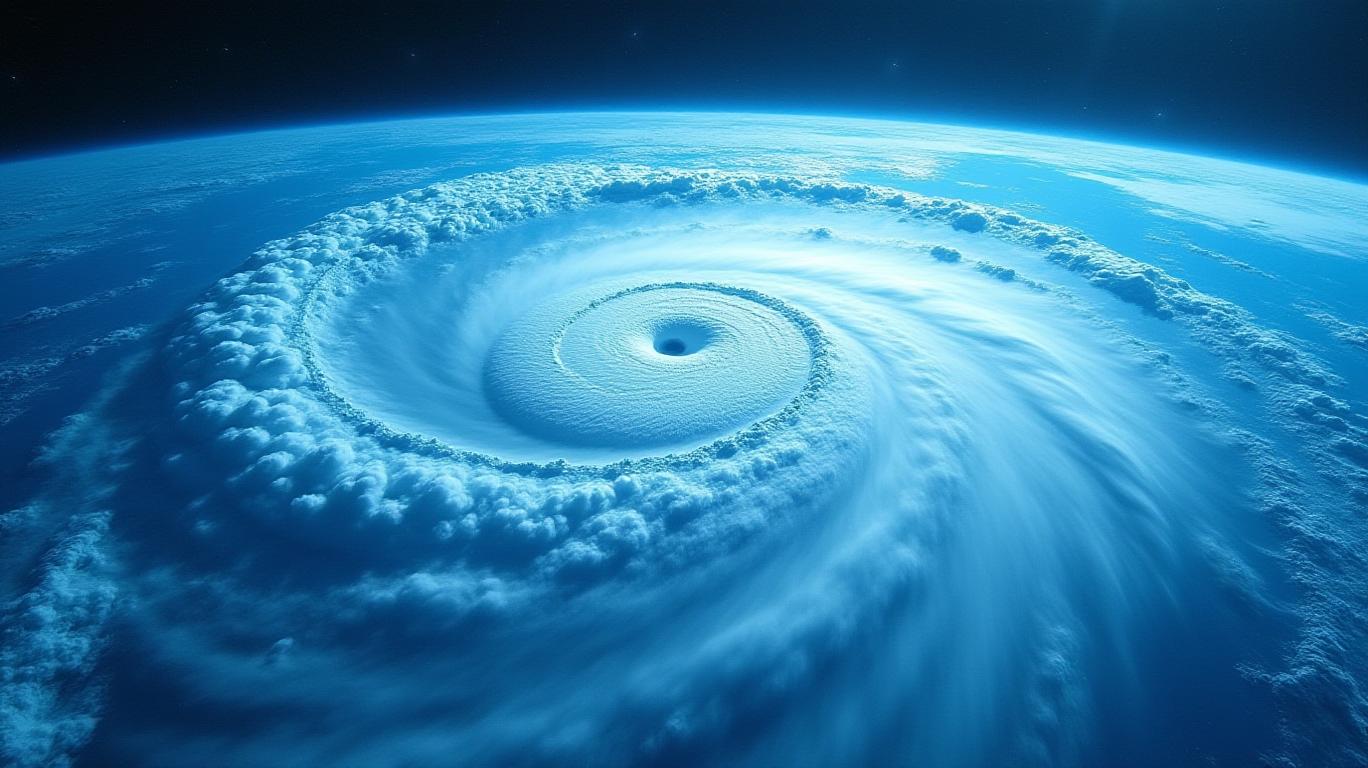The Storm Before the Calm: How Microsoft's Aurora AI Is Rewriting the Rules of Climate Prediction and Why Investors Should Take Note Now
The climate crisis is no longer a distant threat—it is a daily reality. From record-breaking hurricanes to devastating sandstorms, extreme weather events are escalating in frequency and intensity, demanding technologies that can keep pace with the scale of the challenge. Enter Microsoft's Aurora AI, a foundation model that is not merely improving weather forecasting but upending the entire paradigm of environmental prediction. For investors, this is a rare opportunity to bet on a technology that could redefine industries, mitigate risks, and generate outsized returns.
The Aurora Revolution: Speed, Accuracy, and Accessibility
Aurora's disruptive potential begins with its foundational advantages. Unlike traditional supercomputer-based models, which require days of processing and colossal computational resources, Aurora generates high-resolution forecasts in seconds using standard GPUs. This leap in speed—5,000 times faster than legacy systems—combined with 94% accuracy at 0.25° resolution, makes it a game-changer. Consider its recent success in predicting Typhoon Doksuri's path four days in advance, a feat that outperformed even the National Hurricane Center. Such precision could transform disaster preparedness, saving lives and billions in economic losses.

But Aurora's impact extends far beyond tropical storms. Trained on over one million hours of diverse atmospheric data, it excels in niche applications like air quality prediction and ocean wave modeling. For instance, it anticipated a catastrophic sandstorm in Iraq one day in advance using minimal data—a task that would have cost traditional methods exponentially more. This versatility, paired with its open-source availability, means Aurora is democratizing access to advanced forecasting. Developing nations, now able to deploy high-quality models without supercomputers, stand to benefit first.
A Market on the Brink of Transformation
The climate tech sector is booming. Global spending on weather and climate services is projected to surpass $200 billion by 2030, driven by industries from energy to agriculture. Yet traditional forecasting systems remain fragmented, slow, and prohibitively expensive. Aurora's cost efficiency—operational expenses are a fraction of conventional methods—positions it to capture market share aggressively.
Consider the implications for energy grids. Aurora's ability to predict extreme weather days in advance allows utilities to preemptively adjust supply chains and infrastructure, reducing outages and operational costs. Commodity traders, too, can use its flood or crop yield predictions to hedge against market volatility. Even insurance firms are eyeing Aurora to refine risk assessments and premiums—a $6 trillion industry ripe for disruption.
Risks? Yes. But the Tailwinds Are Unstoppable
Critics may cite Aurora's current limitation in providing deterministic rather than probabilistic forecasts, or its reliance on historical data in a rapidly changing climate. Yet
has already prioritized these gaps, with plans to integrate probabilistic outputs and refine its physics-based learning. Meanwhile, partnerships with institutions like the European Centre for Medium-Range Weather Forecasts (ECMWF) signal validation from the industry's gold standard.Why Act Now?
Aurora is not just a tool—it is a platform. Its modular architecture allows rapid fine-tuning for specialized tasks, from wildfire prediction to sea ice modeling. As climate volatility accelerates, demand for such solutions will surge. Early investors in Microsoft's Azure AI Foundry, where Aurora is embedded, stand to profit as industries pivot toward scalable, real-time climate intelligence.
The writing is on the wall: traditional forecasting is obsolete. Aurora's speed, cost, and adaptability make it the foundation of a new era in environmental tech. For investors, the question is not whether to act, but how quickly. The storm is here—but with Aurora, the calm is within reach.
Act now, or risk being left in the wake of this revolution.

Comments
No comments yet